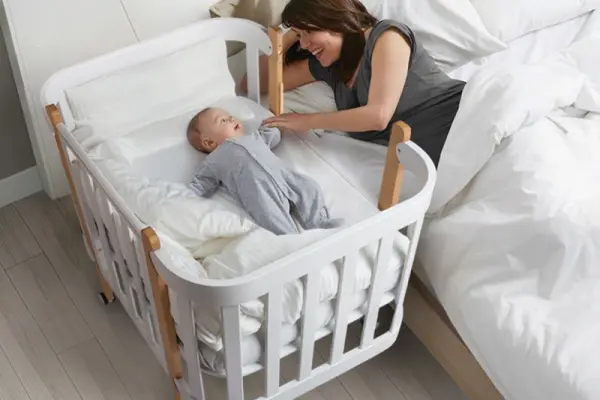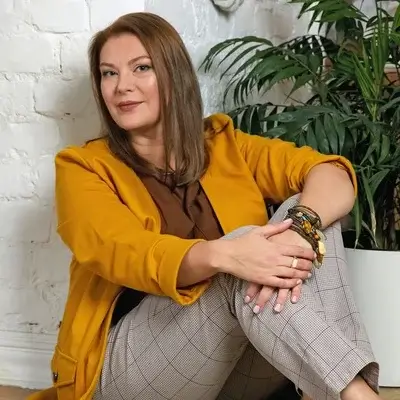Imagine: your little one spends up to 16 hours a day in bed! Shocking, isn't it? That's why choosing a children's bed is not just buying furniture for a child's room, but a decision that directly affects the health, mood, and even intellectual development of your child. Think about it: are you willing to save money on something that shapes posture and provides proper rest for a growing body? The modern market offers the best children's beds of various designs — from classic to innovative, and it's up to you to decide how to choose a bed for your child that will become the perfect place to rest in a cozy children's bedroom.
"A quality children's bed is not just furniture, but a guarantee of a child's health. Over the years of practice, I've seen many posture problems that started with an unsuitable sleeping place. Is saving $50-100 worth the risk of spinal curvature? Pediatricians recommend choosing a bed taking into account the age, developmental characteristics, and needs of a specific child. Special attention should be paid to the environmental friendliness of materials and orthopedic properties," — notes Elena Sokolova, pediatric orthopedist.
Types of Children's Beds by Age and Purpose
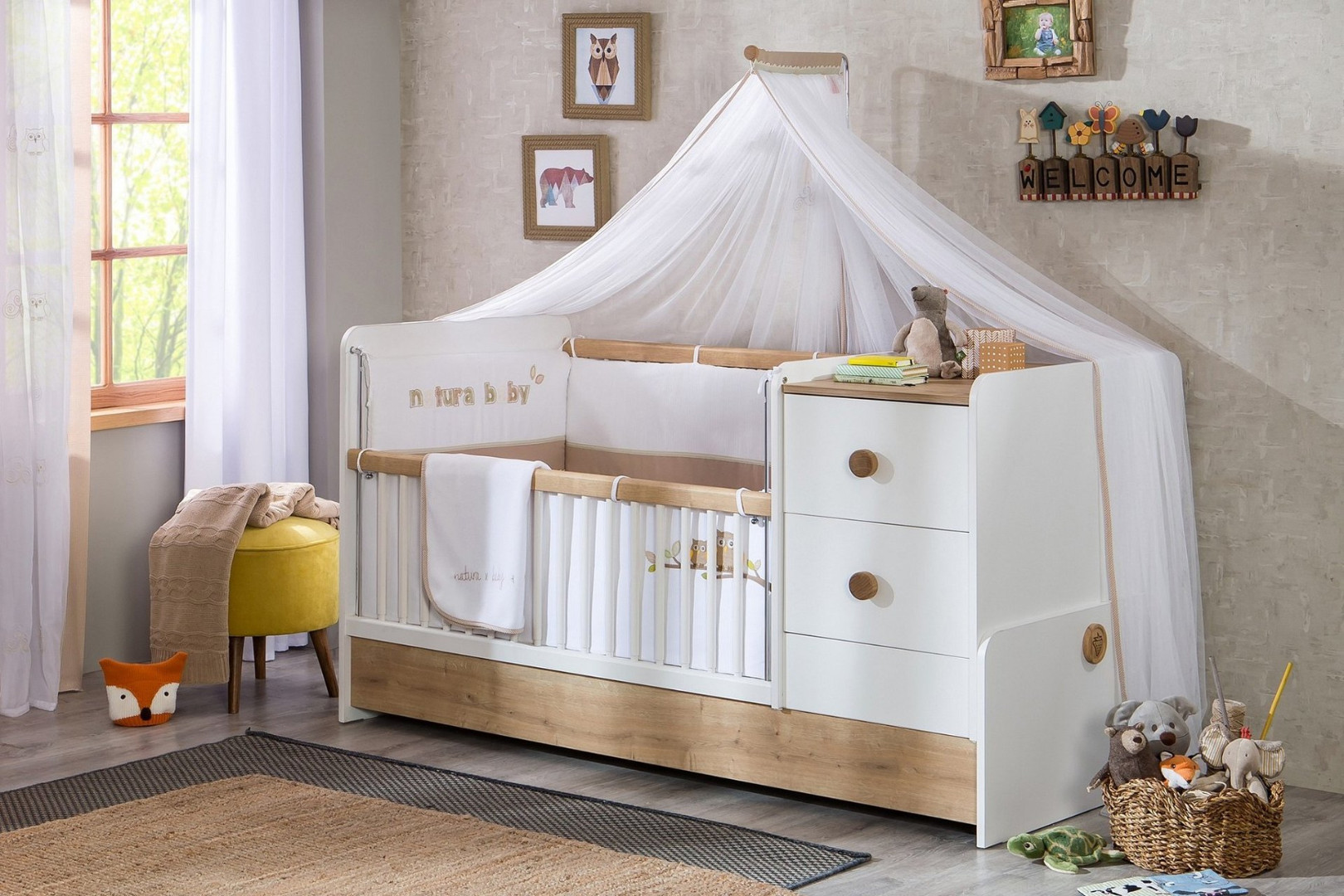 Are you facing the challenging task of choosing a children's bed for your little one? Confused by the variety of models and characteristics? Let's figure it out together! The modern market offers several types of beds for children, and each can become an ideal solution or a terrible mistake — depending on your child's age and the features of the children's bedroom:
Are you facing the challenging task of choosing a children's bed for your little one? Confused by the variety of models and characteristics? Let's figure it out together! The modern market offers several types of beds for children, and each can become an ideal solution or a terrible mistake — depending on your child's age and the features of the children's bedroom:
- Beds for newborns (bassinets, cradles) — provide a cozy nest for the smallest, make it easy to rock the baby and keep an eye on them. But remember — after 6-7 months it may become useless!
- Beds with side rails — a real lifesaver for parents of active toddlers! Protective rails prevent falls and give a sense of security to children from 3 years old
- Convertible beds for children — a real Swiss army knife among children's furniture! They adapt to the child's height, transform from a crib for an infant to a teenage bed, saving your budget
- Extendable children's beds — an ergonomic solution that "grows" with the child, increasing in length as they grow
- Bunk beds for children — not just furniture, but an adventure for children and space-saving for parents! Ideal for two or more children
- Children's loft beds — a true multifunctional center! They combine a sleeping area with a workspace, freeing up precious square footage
- Children's beds with drawers — an excellent solution against the eternal chaos of toys and clothes, providing a hidden storage space
- Children's bed from 3 years — an intermediate solution with an optimal size, which combines safety and the ability to climb into bed independently
Cozy bassinets are created for newborn babies! Up to 6-7 months, babies feel incredibly comfortable in them — like in mom's tummy. But don't delay the transition — a growing baby might feel like they're in a cage if their movements are restricted. Practical convertible beds for children are a real find for practical parents! They easily adapt to the growing child and will serve until adolescence (imagine — up to 14 years!). The advantages are obvious: long-term savings, multifunctionality, and efficient use of space. Many models are additionally equipped with changing tables and shelves for storing children's items — everything a young mom needs in one place! Classic wooden beds with a pendulum mechanism are a salvation for parents who dream of peaceful nights. A child's bed with a pendulum provides natural rocking, and the presence of removable wheels makes furniture rearrangement a matter of seconds!
Finding it difficult to decide which model suits your family best? Here's a practical tip: transformers are ideal for small apartments, making the most efficient use of every inch of space in the children's bedroom. And if you're the lucky owner of a spacious children's room — a classic wooden bed with a rocking mechanism will become the central element of the interior. When choosing, it's worth considering gender preferences — a boy's bed may differ from a girl's bed not only in color scheme but also in design features that reflect different play interests. But remember the main rule — no matter how attractive the model may seem, it must be safe for your treasure and meet all quality standards. Beauty is temporary, but a child's health is priceless!
Criteria for Choosing a Quality Children's Bed
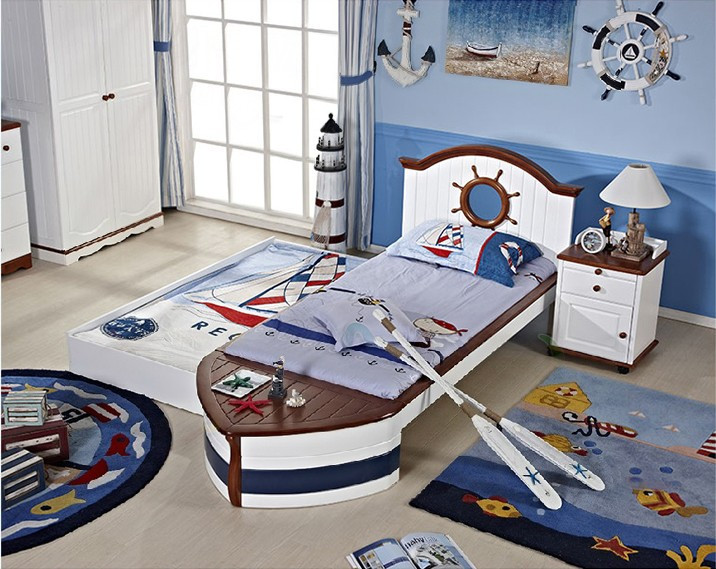 Confused in the store among dozens of models? Don't know what to pay attention to first when choosing a bed for children? Let's figure it out together! Modern furniture for a children's room should combine functionality, safety, and design that corresponds to the overall concept of the children's bedroom. When choosing a children's bed, it's not just a question of aesthetics. It's not the bright colors and cute decorative elements that matter, but the quality characteristics that directly affect the health and safety of your baby. Here's our checklist of criteria that really matter:
Confused in the store among dozens of models? Don't know what to pay attention to first when choosing a bed for children? Let's figure it out together! Modern furniture for a children's room should combine functionality, safety, and design that corresponds to the overall concept of the children's bedroom. When choosing a children's bed, it's not just a question of aesthetics. It's not the bright colors and cute decorative elements that matter, but the quality characteristics that directly affect the health and safety of your baby. Here's our checklist of criteria that really matter:
The table below contains key criteria that will help you not get confused in the store and choose exactly the bed that will serve for a long time and provide a healthy sleep for your child:
| Criterion | What to Pay Attention to | Why It's Important |
|---|---|---|
| Material | Eco-friendly children's beds made of natural wood (beech, birch, pine); certified MDF; metal | Affects safety, durability, and child's health |
| Safety | Absence of sharp corners, reliable fixation of mechanisms, certification according to safety standards | Prevents injuries and ensures peaceful sleep |
| Ventilation | Slatted base with gaps of 3-7 cm | Ensures air circulation and prevents mold |
| Height Adjustment | 2-3 positions of the bed base | Adaptation to the child's height and convenience for parents |
| Dimensions | Children's bed sizes by age: 120x60 cm (up to 3 years), 140x70 cm (3-7 years), 160x80 cm (7-10 years) | Corresponds to the age and height of the child |
| Functionality | Presence of drawers, pendulum, wheels, possibility of furniture transformation | Provides ease of use and space saving |
| Mattress | Orthopedic base for children's bed, mattress with natural filling | Forms correct posture and ensures healthy sleep |
| Design | Correspondence to the general style of the children's bedroom, ergonomic children's bed | Creates a harmonious space and comfortable atmosphere |
This table is not just dry facts — it will help you save time and nerves when choosing a bed! Pay attention to the ratio of price and service life: a convertible bed is more expensive but will last 4-5 times longer than a regular one. Isn't that a profitable investment?
Have you thought about how important the materials of children's beds are? Not only the durability of the furniture for the children's room depends on this, but also the health of your baby! The best choice is, of course, environmentally friendly wood that does not emit toxic fumes. Yes, plastic sleeping places may look bright and cost less, but is it worth saving on health? Wooden beds for children win in all parameters: environmental friendliness, strength, durability, and aesthetic appearance that fits perfectly into the interior of a children's bedroom.
Safety is not just a word, but a vital necessity when it comes to choosing a bed for a child! Do you know how to check the safety of a bed before buying? Carefully check all mechanisms: the pendulum should move smoothly and lock securely to eliminate the risk of pinching little fingers. Study the requirements for children's beds and certificates of conformity, which any quality model should have. And what about air exchange? Do you really want your child to sleep on a mattress where moisture accumulates and bacteria multiply? A slatted base is not a luxury, but a necessity that ensures air circulation and prevents the appearance of mold and unpleasant odors.
Want to avoid unnecessary expenses and regular trips to the furniture store? Pay attention to ergonomic children's beds with adjustable height of the bed base! This will allow you to adapt the bed to the growing child and extend its service life. Many parents don't even know how to assemble a children's bed with maximum benefit for use — adjustable models can be configured as the child grows. And only lastly, pay attention to the appearance and design of the children's bed — yes, a beautiful bed will please the eye, but it's much more important that it's comfortable and safe. Remember: your child's good sleep is worth every dollar spent!
Just think — your child will spend a third of their childhood on this bed! Is it worth saving on the comfort and safety of the one who is dearer to you than anything? A quality bed will not only provide healthy sleep — it can prevent problems with posture, allergic reactions, and even injuries from unreliable structures. And what about practicality? A correctly chosen model will serve for years and adapt to the growing needs of your little one, saving you from the necessity of new purchases every couple of years.
"You know what amazes me? Parents spend hundreds of dollars on gadgets and toys, but save on the bed where their children spend 8-12 hours every day! Starting from 3 years, I strongly recommend switching to beds with an orthopedic base that properly support the spine of the growing body. Remember — improper spine support in childhood can lead to lifelong health problems. When choosing a mattress for a children's bed, pay attention to its firmness — for younger children, medium firmness or moderately firm models are preferable," — recommends Marina Petrova, a children's sleep specialist with 15 years of experience.
Features of Children's Beds for Different Ages
Did you know that buying a "universal" bed for growth can harm your child's health? Each age period has its unique requirements for the sleeping place! By ignoring this information, you risk money, comfort, and even the health of your baby. Let's figure out which beds are really suitable for children of different ages:
Beds for Newborns (0-3 years)
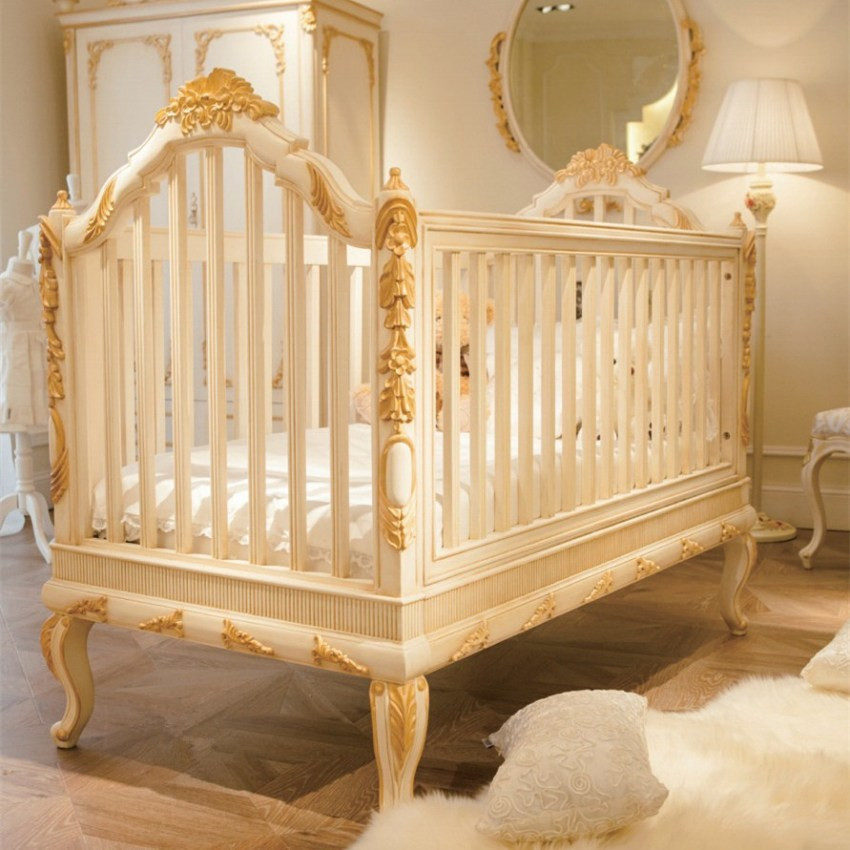 Your baby has just been born and there are already so many concerns! How to ensure perfect sleep? For the smallest, beds with a pendulum mechanism are indispensable — they not only make rocking easier but can be a real salvation for exhausted parents! Be sure to check that the child's bed has high side rails on all sides — this is not a whim, but a safety issue. The ability to adjust the height of the base will save your back from pain when laying down the baby. The standard size — 120x60 cm — is optimal for the first years of life. And remember: the material must be absolutely safe — no chemicals that can cause allergies in your treasure's delicate skin!
Your baby has just been born and there are already so many concerns! How to ensure perfect sleep? For the smallest, beds with a pendulum mechanism are indispensable — they not only make rocking easier but can be a real salvation for exhausted parents! Be sure to check that the child's bed has high side rails on all sides — this is not a whim, but a safety issue. The ability to adjust the height of the base will save your back from pain when laying down the baby. The standard size — 120x60 cm — is optimal for the first years of life. And remember: the material must be absolutely safe — no chemicals that can cause allergies in your treasure's delicate skin!
Beds for Preschoolers (3-7 years)
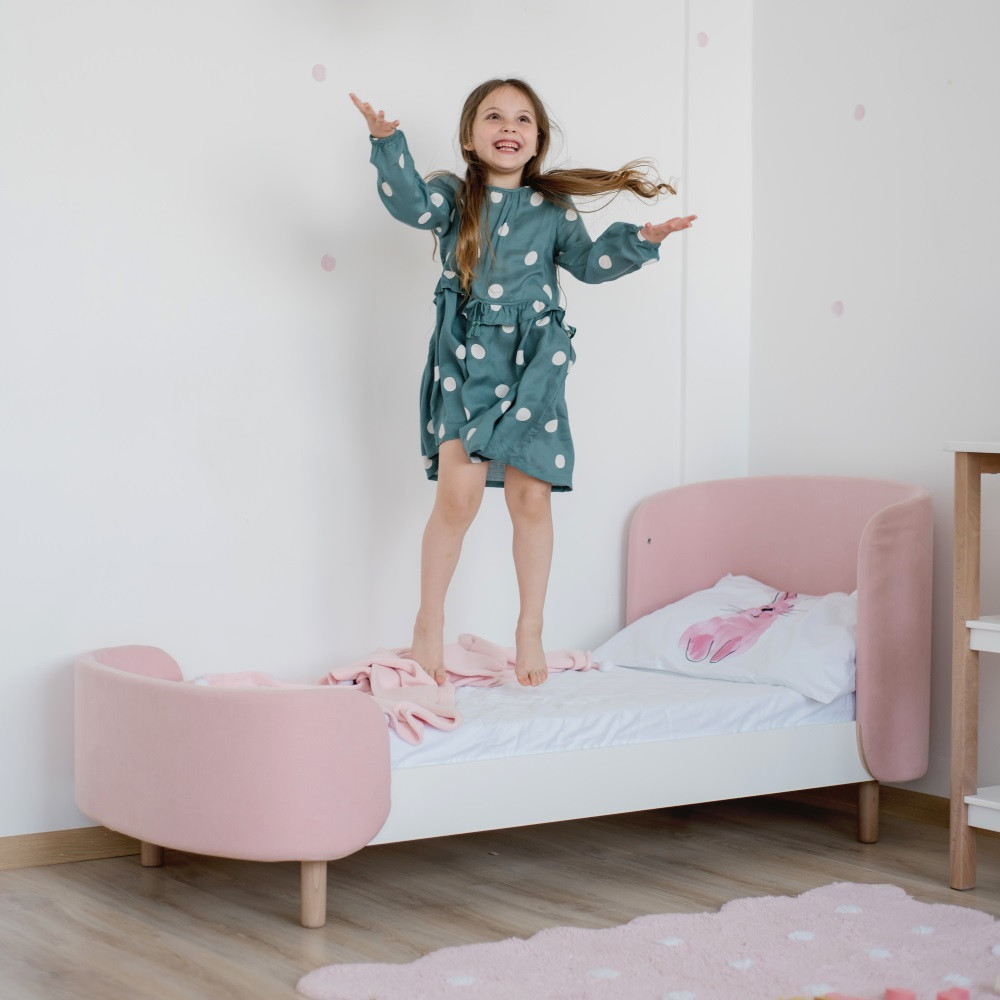 Your little one is no longer a baby, but still far from being an independent schoolchild — how to find the golden mean? At this stage, beds with lowered side rails or removable sides are ideal — they give the child a sense of security but don't excessively restrict. The size increases to 140x70 cm or 160x80 cm — the growing body needs more space for comfortable sleep. Stores are full of models with bright prints and thematic designs — and this is great news! A boy's bed in the form of a car or a girl's bed in the form of a castle can become a favorite place in the house, turning sleep into an exciting adventure. Just imagine how easy it will be to put the child to bed if they run to bed with excitement!
Your little one is no longer a baby, but still far from being an independent schoolchild — how to find the golden mean? At this stage, beds with lowered side rails or removable sides are ideal — they give the child a sense of security but don't excessively restrict. The size increases to 140x70 cm or 160x80 cm — the growing body needs more space for comfortable sleep. Stores are full of models with bright prints and thematic designs — and this is great news! A boy's bed in the form of a car or a girl's bed in the form of a castle can become a favorite place in the house, turning sleep into an exciting adventure. Just imagine how easy it will be to put the child to bed if they run to bed with excitement!
Beds for School Children and Teenagers (7-16 years)
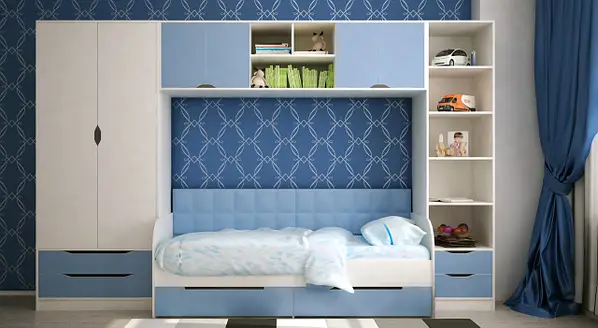 Remember how in childhood you dreamed of your own corner? For schoolchildren, a bed is not just a place to sleep, but personal territory and an important element of the children's bedroom! At this age, full-fledged single beds measuring 190x90 cm or 200x90 cm are needed. A teenager's bed turns into a multifunctional center — a loft bed with a workspace below saves space and creates an organized place for study. And transformable children's furniture provides maximum functionality with minimal area. For a room where two children live, a bunk bed becomes an ideal solution — everyone gets their personal space, even if the room is small. The key point is a quality orthopedic base for the children's bed and mattress. At this age, posture is being formed, and saving on this can result in years of visits to the orthopedist! Is such a risk worth it?
Remember how in childhood you dreamed of your own corner? For schoolchildren, a bed is not just a place to sleep, but personal territory and an important element of the children's bedroom! At this age, full-fledged single beds measuring 190x90 cm or 200x90 cm are needed. A teenager's bed turns into a multifunctional center — a loft bed with a workspace below saves space and creates an organized place for study. And transformable children's furniture provides maximum functionality with minimal area. For a room where two children live, a bunk bed becomes an ideal solution — everyone gets their personal space, even if the room is small. The key point is a quality orthopedic base for the children's bed and mattress. At this age, posture is being formed, and saving on this can result in years of visits to the orthopedist! Is such a risk worth it?
Whatever age your child is, don't forget the main thing: when choosing a bed, consider their individual characteristics — height, weight, activity during sleep, and special requirements for the sleeping place. In the rating of the best children's beds, models that combine quality materials, ergonomic design, and functionality lead. Ask yourself: will this bed really provide safety and comfort specifically for your child? A safe children's bed is not a luxury, but a necessity that must meet all quality standards and be convenient both for the child and for you, parents who will have to take care of the baby!
How to Choose a Mattress for a Children's Bed
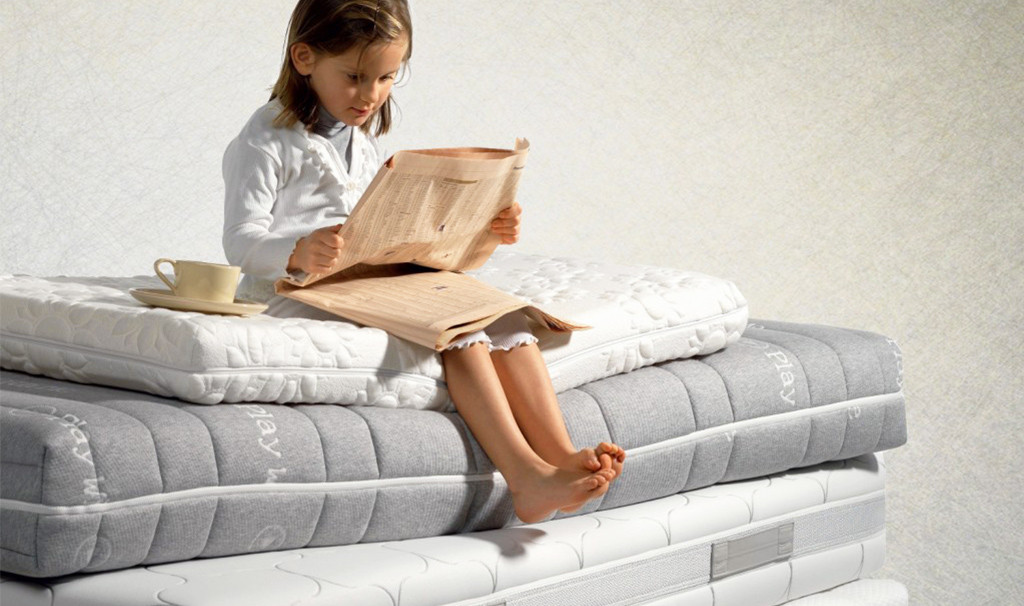 Did you know that even the most expensive and high-quality bed turns into an instrument of torture with an unsuitable mattress? A mattress is not just an addition, but a critically important element of your child's healthy sleep! How not to make a mistake with the choice and not throw money to the wind? Tips on choosing a mattress for a children's bed should become your desktop instruction:
Did you know that even the most expensive and high-quality bed turns into an instrument of torture with an unsuitable mattress? A mattress is not just an addition, but a critically important element of your child's healthy sleep! How not to make a mistake with the choice and not throw money to the wind? Tips on choosing a mattress for a children's bed should become your desktop instruction:
- Firmness — it's not a whim, but a medical necessity! For children up to 3 years, choose only medium and increased firmness mattresses — this forms the correct posture. A soft mattress may seem more comfortable, but it's the main enemy of the spine of a growing body!
- Natural filling materials — it's an investment in health! Coconut coir, natural latex, wool — they are more expensive than synthetics, but worth every cent invested, especially if the child has a tendency to allergies
- Mattress height — 10-15 cm is optimal for children. A too high mattress can be unstable, a too low one — not resilient enough
- Removable cover — it's not an option, but a vital necessity! Believe me, you'll have to wash it much more often than you think (infant regurgitation, night "accidents" in toddlers, spilled drinks in teenagers...)
- Exact match to the bed dimensions — gaps between the mattress and side rails turn into traps for little fingers and toys!
A mattress for a children's bed requires the same careful choice as the bed itself. Imagine: your child will spend about 10-12 hours a day lying on it! Over 10 years, this amounts to almost 40,000 hours — impressive, isn't it? The quality of the mattress directly affects the comfortable sleep of the child, and healthy sleep is the basis of proper physical development, strong immunity, and good mood! When comparing children's beds, be sure to consider compatibility with different types of mattresses — this can significantly affect long-term comfort.
"Oh, how I struggled with choosing a bed for my daughter! When Sofia turned three, I was ready to buy the first beautiful model I came across. What saved me was that a friend shared a story about how her son needed an orthopedist because of an unsuitable bed. Frightened, I spent a week on research and consultations. In the end, we spent $150 more than planned and chose a convertible bed with an orthopedic base from a trusted manufacturer. You know what? These $150 turned out to be the best investment in my life! After four years, I can say with confidence — it was a perfect decision. The bed 'grows' with the child, maintaining its functionality and comfort. Sofia sleeps like an angel, she has excellent posture, and, unlike many classmates, she doesn't complain about back pain. And the neighbor's girl, whose parents bought a cheap model, has already changed three beds and regularly visits a manual therapist," — shares Anna, mother of 7-year-old Sofia.
Requirements for Certification of Children's Beds
Did you know that not every beautiful bed in the store is legally approved for sale? A legal children's bed must have certificates of compliance with safety standards. What to check? Mandatory presence of documents on compliance with international or national standards (for example, ASTM F1169 for infant cribs). Special attention to the composition of paints and varnishes — they must be non-toxic. Don't hesitate to ask the seller for all certificates, because we're talking about your child's health!
Comparison of Popular Types of Children's Beds
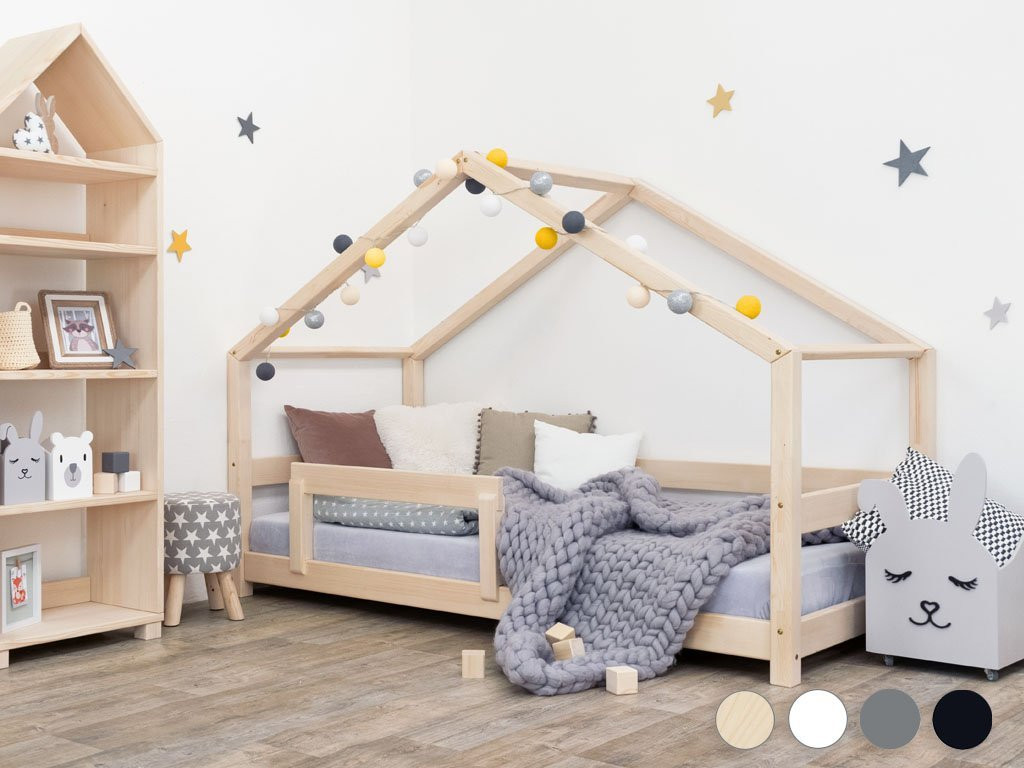 Confused by the variety of models on the market? Can't decide which design will suit your child? We offer a comparative table of the most popular types of beds for children — it will help make the right choice, corresponding to both the age of the child and your budget!
Confused by the variety of models on the market? Can't decide which design will suit your child? We offer a comparative table of the most popular types of beds for children — it will help make the right choice, corresponding to both the age of the child and your budget!
| Bed Type | Age Range | Advantages | Disadvantages | Average Price |
|---|---|---|---|---|
| Classic with pendulum | 0-3 years | Convenient rocking, safety | Limited service life | $100 - $200 |
| Convertible bed | 0-14 years | Durability, multifunctionality | High price, assembly complexity | $200 - $400 |
| Loft bed | 6-16 years | Space saving, functionality | Not suitable for small children | $150 - $350 |
| Bunk bed | 6-16 years | Space saving, suitable for two children | Difficulty accessing the upper bunk | $200 - $450 |
| Extendable bed | 3-16 years | Adapts to the child's height | Requires a special mattress | $130 - $250 |
This table is not just dry facts — it will help you save time and nerves when choosing a bed! Pay attention to the ratio of price and service life: a convertible bed is more expensive, but will last 4-5 times longer than a regular one. Isn't that a profitable investment?
Conclusions: How to Make the Right Choice of a Children's Bed
Are you ready to risk your child's health for the sake of saving a few dozen dollars? By choosing a children's bed, you're not just choosing furniture for a children's room — you're investing in the health, mood, and even academic performance of your little one! Which children's bed to choose is a decision that will affect the quality of life of the whole family for years to come. Beds for children should combine many qualities: from safety to aesthetics. Do you need just a beautiful bed or a reliable, safe, and comfortable corner for your treasure's rest?
Here's your rescue cheat sheet — the main criteria that cannot be neglected when choosing the best children's beds (print it out and take it with you to the store!):
- Safety of construction and materials (has the bed been checked according to safety standards?)
- Correspondence to the age and height of the child (remember about a reserve of 20-30 cm to the length!)
- Quality of the mattress and orthopedic properties, critically important for proper development
- Functionality and possibility of transformation (will this model save your money in the future?)
- Environmental friendliness of materials (are there any toxic components in the composition that cause allergies?)
- Durability and reliability of mechanisms (will the bed withstand active games?)
Think about it: a quality children's bed is not an expense, but an investment with an incredible return! For $200-400, you get not just furniture, but healthy sleep, proper development of the musculoskeletal system, prevention of allergies, and, importantly, your peace of mind! Isn't that worth every dollar invested? Don't save on safety and quality — you wouldn't save on a child's car seat, would you? Choose proven manufacturers with a good reputation and certified products — and your child will thank you with good health and a happy smile! And a cozy children's bedroom with a properly chosen bed will become your little one's favorite place.
